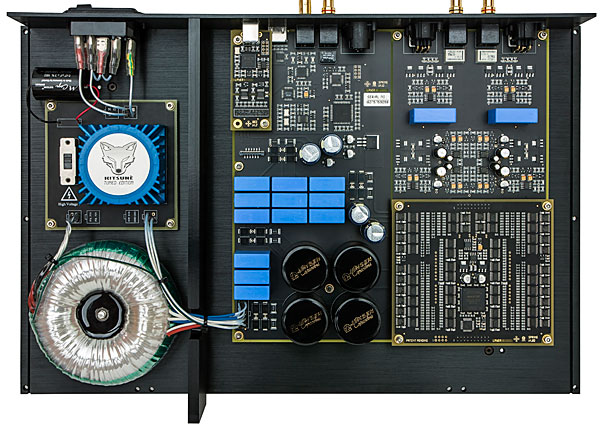| Columns Retired Columns & Blogs |
It's nearly 2020 now and I remember saying "only just begun" since the 1950s with an LP recording of a Tchaikovsky Violin Concerto ( in Mono ) after living with 78s.
Sheffield Labs brought another "only just begun" , LINN LP-12 brought another, Electrocomaniet brought another, Brisson MIT speaker cable brought another, Koetsu brought another, Gordon Rankin another, Ken Smith of PS Audio brought another.
We've lived thru a lifetime of "only just beguns" , haven't we ?
I'm ready for more of em, they're exciting.
Of course R2R isn't new or respected by Audio Professionals ( for the most part ). Still, I anticipate R2R architecture will be in the mother boards of many smart phones, the Phone people have "only just begun" !
An Audiophile grade R2R DAC for well under MSB price points is both wonderful that it exists and scary that it's coming from the Uttr side of the Voild. for gods sake
Tony in Michigan
ps. can someone ( without Orange hair ) take me back to 1910's Isolationist practices?











































